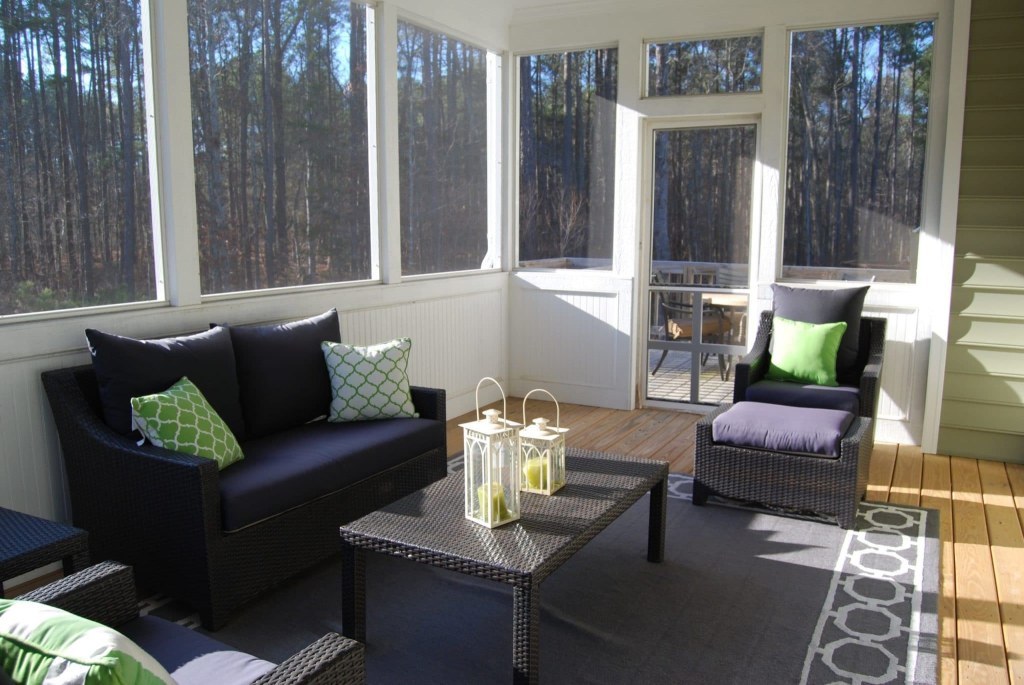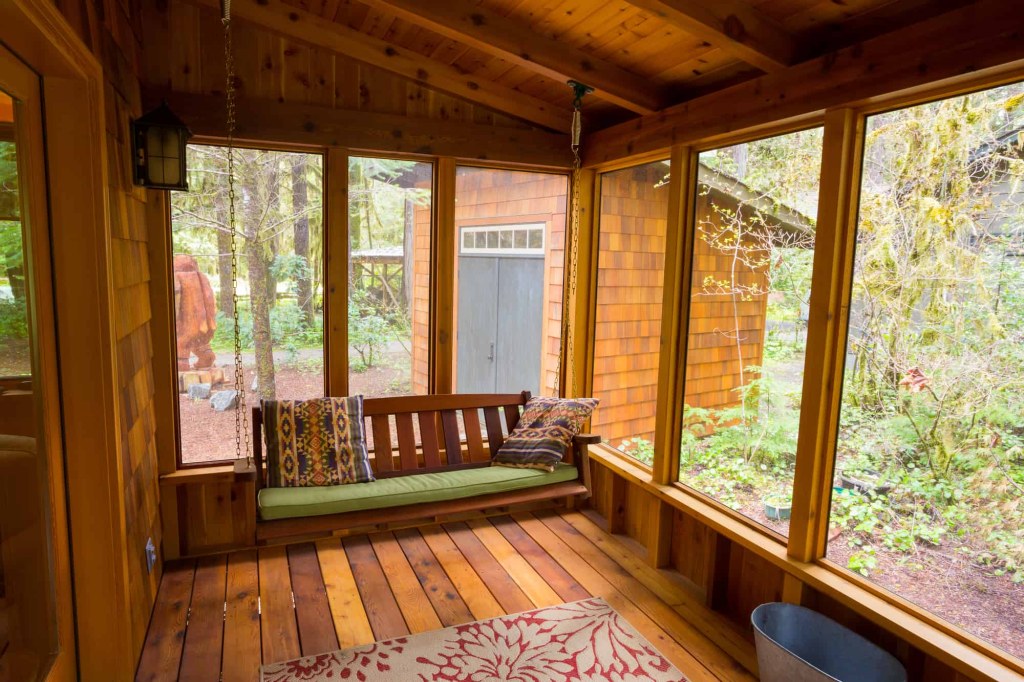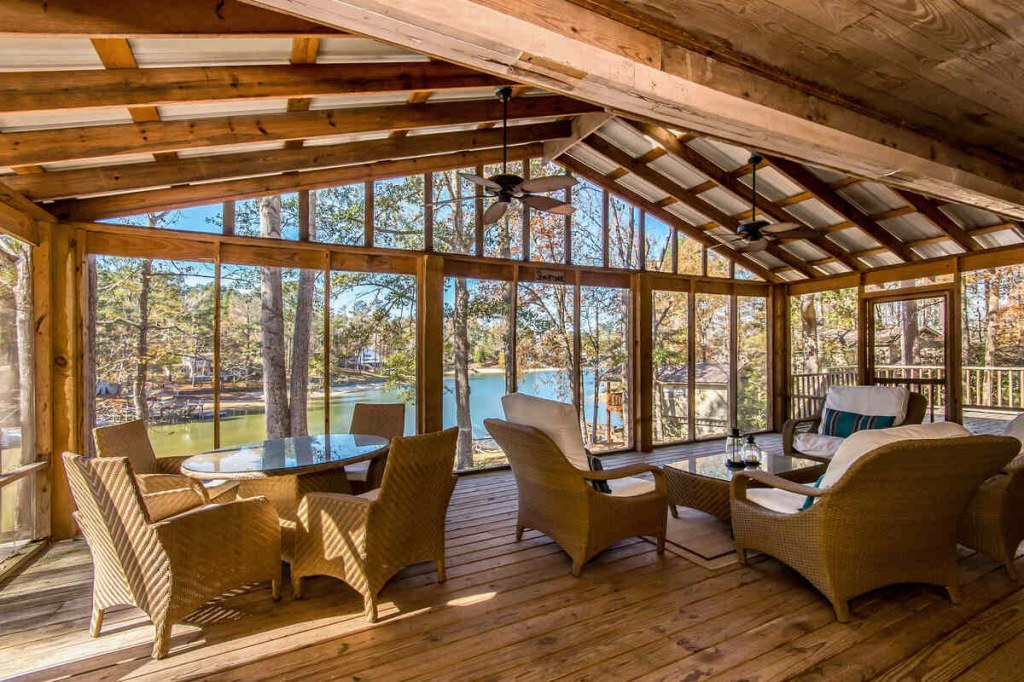The Ultimate Guide: Discover The Cheapest Way To Winterize Your Screened In Porch Now And Take Action!
Cheapest Way to Winterize Screened in Porch
Introduction
Welcome, Shopper! Are you looking for the cheapest way to winterize your screened-in porch? You’ve come to the right place. In this article, we will explore various cost-effective methods to help you prepare your porch for the winter season. Winterizing your screened-in porch is essential to protect it from harsh weather conditions, such as snow, ice, and freezing temperatures. By following these tips, you can ensure that your porch remains cozy and functional throughout the winter months.
3 Picture Gallery: The Ultimate Guide: Discover The Cheapest Way To Winterize Your Screened In Porch Now And Take Action!



Now, let’s delve into the details of how you can winterize your screened-in porch without breaking the bank.
What is Winterizing a Screened-in Porch?

Image Source: pwhomeimprovement.com
Winterizing a screened-in porch involves taking certain measures to protect it from the cold, wind, and moisture during the winter season. By winterizing your porch, you can maintain a comfortable temperature inside, prevent damage to the structure, and prolong its lifespan. It typically includes sealing gaps, insulating windows and doors, protecting furniture, and implementing heating solutions.
Who Should Winterize Their Screened-in Porch?
Anyone who has a screened-in porch and experiences cold winters should consider winterizing it. Whether you use your porch for entertaining guests, as a cozy retreat, or as an additional living space, winterizing is crucial to ensure its usability and durability all year round. By winterizing your porch, you can enjoy the benefits of using it even in the colder months.
When Should You Winterize Your Screened-in Porch?

Image Source: i2.wp.com
The ideal time to winterize your screened-in porch is before the arrival of winter. It is recommended to start the winterization process at least a month in advance to allow sufficient time for any necessary repairs or improvements. By starting early, you can avoid last-minute rush and ensure that your porch is fully prepared for the winter season.
Where to Begin Winterizing Your Screened-in Porch?
When winterizing your screened-in porch, it is essential to start with a thorough inspection. Check for any damage, such as holes in the screens, cracks in the windows, or gaps in the structure. Address these issues before proceeding with the other winterization steps. Once you have assessed the condition of your porch, you can move on to implementing the necessary measures to make it winter-ready.
Why is Winterizing Your Screened-in Porch Important?

Image Source: lawnstarter.com
Winterizing your screened-in porch offers several benefits. Firstly, it helps to maintain a comfortable temperature inside the porch, allowing you to enjoy the space even during the colder months. It also protects the structure from potential damage caused by freezing temperatures, snow, and ice. Additionally, winterizing your porch can prevent pests, such as rodents and insects, from entering and nesting in the space. Lastly, proper winterization can extend the lifespan of your porch, saving you money on repairs and replacements in the long run.
How to Winterize Your Screened-in Porch on a Budget?
Now, let’s explore some cost-effective methods to winterize your screened-in porch:
1. Seal Gaps and Cracks
Inspect the porch for any gaps or cracks that can allow cold air or moisture to enter. Use weatherstripping, caulk, or foam insulation to seal these openings. This will help to keep the porch warmer and prevent drafts.
2. Insulate Windows and Doors
Add insulation to windows and doors by using plastic film, bubble wrap or thermal curtains. These inexpensive materials can help to retain heat inside the porch and reduce energy costs.
3. Utilize Draft Stoppers
Place draft stoppers or door snakes along the bottom of doors to prevent cold air from seeping in. You can easily make your own draft stoppers using fabric and filling materials like rice or beans.
4. Cover Furniture and Flooring
Protect your furniture and flooring from moisture and dust by using waterproof covers or tarps. This will help to prolong their lifespan and keep them in good condition throughout the winter.
5. Install Insulated Shades or Blinds
Invest in insulated shades or blinds for the windows of your porch. These window coverings provide additional insulation and privacy while reducing heat loss.
6. Use Space Heaters or Electric Blankets
Consider using portable space heaters or electric blankets to provide extra warmth on colder days. Remember to follow safety precautions and choose energy-efficient options to minimize electricity costs.
Advantages and Disadvantages of Winterizing Your Screened-in Porch
Advantages:
1. Increased comfort and usability during the winter season.
2. Protection against damage caused by freezing temperatures and moisture.
3. Prevention of pest infestation.
4. Energy savings by reducing heat loss.
5. Prolonged lifespan of the porch and its components.
Disadvantages:
1. Initial cost of winterization materials and equipment.
2. Time and effort required for the winterization process.
3. Limited natural light if using insulated shades or blinds.
4. Potential limitation of airflow and ventilation.
5. Need for regular maintenance and inspection.
Frequently Asked Questions (FAQ)
1. Can I still use my screened-in porch during winter after winterizing it?
Yes, winterizing your porch allows you to continue using it during the colder months. The added insulation and protection measures help to maintain a comfortable temperature inside.
2. How much does it cost to winterize a screened-in porch?
The cost of winterizing a screened-in porch can vary depending on the size of the porch and the specific winterization methods used. However, it is generally an affordable investment compared to potential damages caused by neglecting winterization.
3. Can I DIY winterize my screened-in porch?
Yes, many aspects of winterizing a screened-in porch can be done as a DIY project. However, it is recommended to consult professionals for more complex tasks or if you are unsure about certain aspects of the process.
4. How often should I winterize my screened-in porch?
Winterizing your screened-in porch should be done annually before the winter season. Regular maintenance throughout the year can also help to identify and address any issues that may affect the porch’s winterization.
5. Can I remove the winterization measures once winter is over?
Yes, most winterization measures can be easily removed once winter is over. However, it is advisable to store the materials properly to ensure their longevity and reuse in the following years.
Conclusion
In conclusion, winterizing your screened-in porch is a cost-effective way to prepare it for the winter season. By following the tips mentioned in this article, you can create a cozy and functional space that can be enjoyed even in colder temperatures. Remember to seal gaps, insulate windows and doors, protect furniture, and consider additional heating solutions. The advantages of winterizing your porch include increased comfort, protection against damage, energy savings, and a prolonged lifespan. Don’t forget to address any disadvantages and consider the cost and effort involved. Start winterizing your screened-in porch now, and enjoy the benefits throughout the winter months!
Disclaimer: The information provided in this article is for general informational purposes only and should not be considered as professional advice. Always consult with a qualified professional for specific advice tailored to your situation.
This post topic: Shopping



